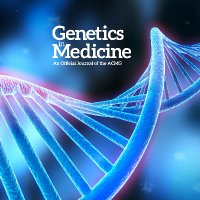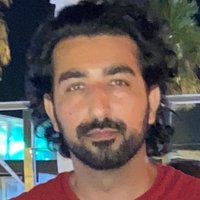
Reza Maroofian
@rmaroofian
Geneticist at UCL Queen Square Institute of Neurology @UCLIoN. Interested in Rare Diseases, Neurogenetics & Genomic Medicine.
ID: 1580516343346040835
http://neurogenetics.co.uk 13-10-2022 11:10:54
124 Tweet
491 Followers
860 Following
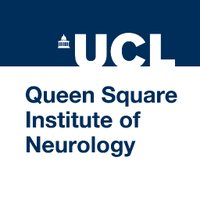
For #RareDiseaseDay2025, The Neurogenetics Lab ION is celebrating the invaluable contributions of our international collaborators, whose dedication is driving ground-breaking advancements in rare disease research across the globe. ucl.ac.uk/ion/news/2025/…
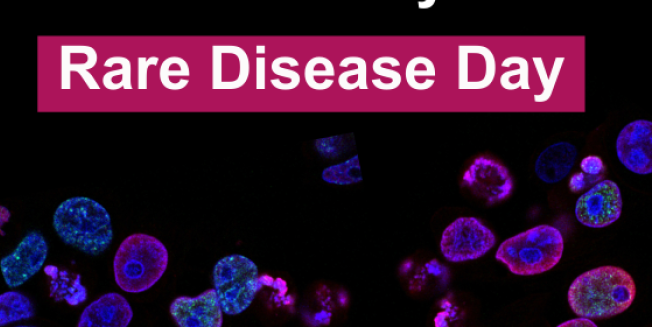


📣New from Exeter Rare Disease & co! 📄Bi-allelic UGGT1 variants cause a congenital disorder of glycosylation cell.com/ajhg/fulltext/…





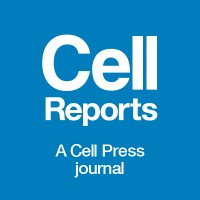

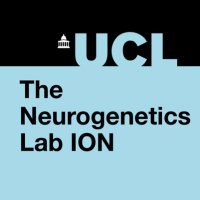
Join our team at UCL Queen Square Institute of Neurology as a Senior Research Technician and Analyst for Next Generation Sequencing 🧬 Play a key role in advancing neurogenetics research through cutting-edge sequencing. Apply now: bit.ly/44h3XX8 UK Dementia Research Institute UCL Brain Sciences UCL Long Read Sequencing Service
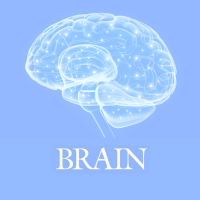

🚨 We’re hiring a highly motivated Postdoc! Join us at UCL Queen Square Institute of Neurology to study the neurobiology of PSMF1, a new gene linked to Parkinson’s & neurodegeneration. Expertise in: 🔬 hPSCs 🧪 Neuronal/organoid modelling 📅 Apply by 16/07 📩 [email protected] 🔗 shorturl.at/zVuPJ




Biallelic PDE1B variants cause a novel early-onset movement disorder with hypotonia, dystonia/ataxia, developmental delay & intellectual disability—paralleling PDE10A deficiency & underscoring cAMP/cGMP signaling in basal ganglia. Read the full study here: …mentdisorders.onlinelibrary.wiley.com/doi/10.1002/md…

New Job Alert! 🔔Join our neurogenetics team UCL Queen Square Institute of Neurology as a Research Technician - a fantastic opportunity to gain hands-on experience with long-read sequencing, cell culture & more while supporting cutting-edge projects on neurological disorders. Apply now: bit.ly/45FrIKm

